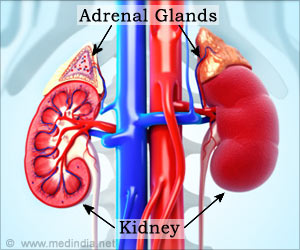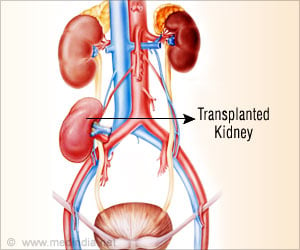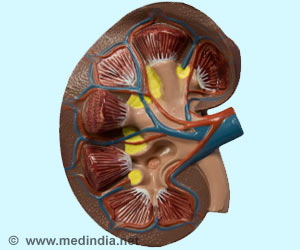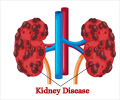Amino acids come from the proteins we consume, enabling us to make proteins so that we can build muscles, bones, and other key tissues.

A decade ago, Chen showed that activation of a protein called mTOR plays a major role in the hypertrophy of the lone kidney. Now, the research team found that in mice the increased availability of amino acids prompts increased activation of a compound called mTORC1.
In the kidneys, mTORC1 functions at a level that maintains the healthy status quo and regulates protein synthesis, cell growth and a nutrient sensor. When one kidney is lost, mTORC1 senses more amino acids coming to the remaining kidney.
"For a cell to grow bigger, it has to have increased protein synthesis, which is regulated by mTORC1," Chen noted. Amino acids come from the proteins we consume, enabling us to make proteins so that we can build muscles, bones, and other key tissues.
The study was published in the journal of Clinical Investigation.
Source-Medindia















